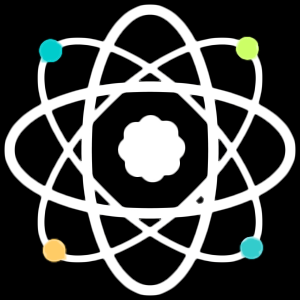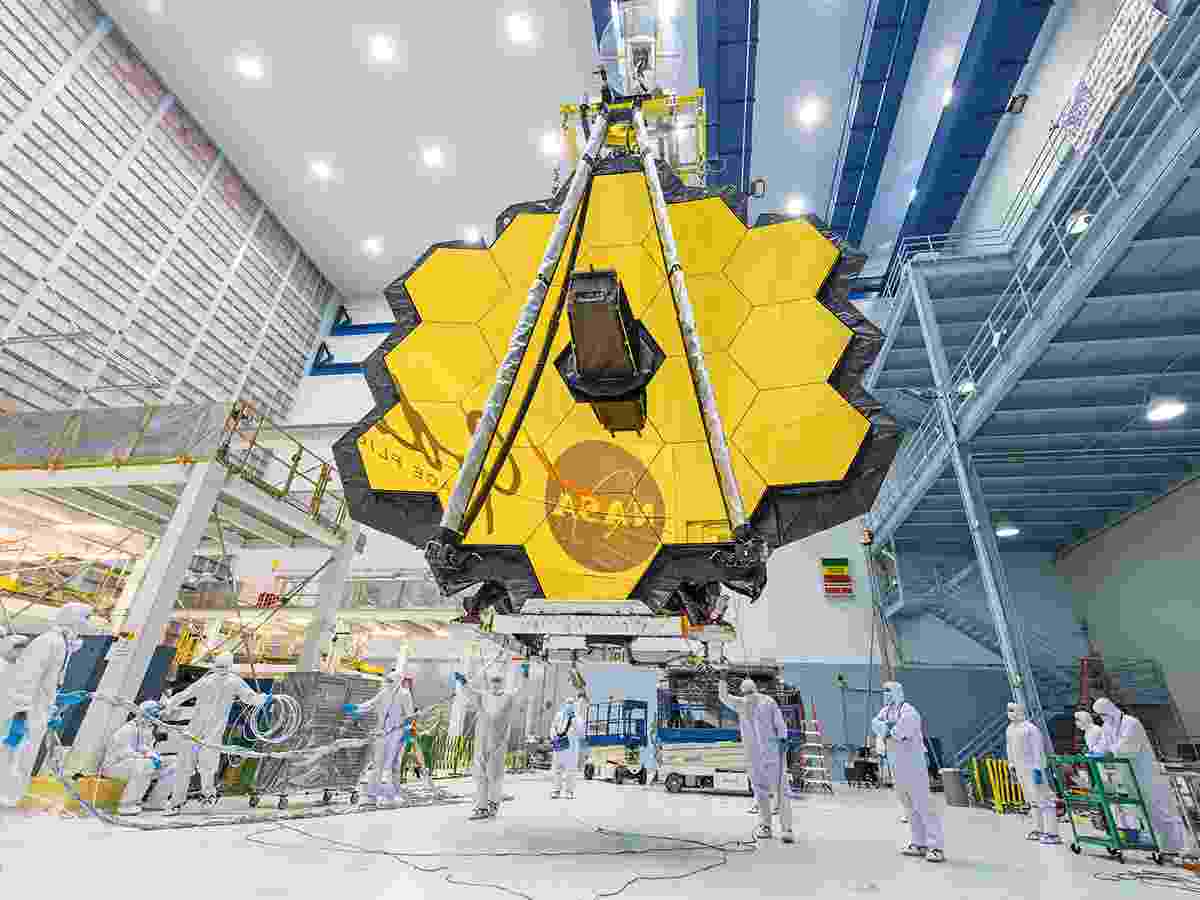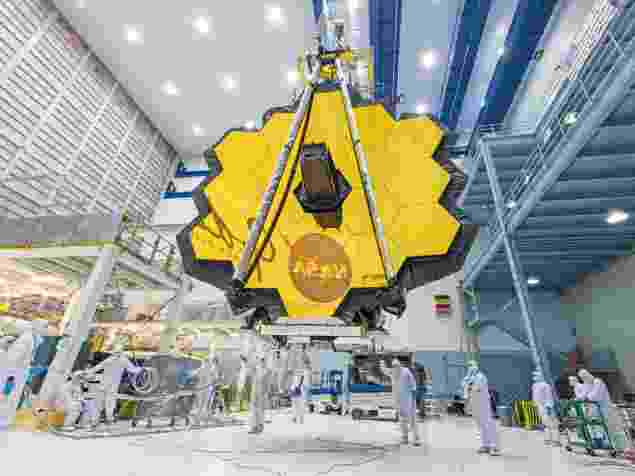
On Saturday I headed to Oxford for a one-day meeting about big science in physics that was organised by the St Cross Centre for the History and Philosophy of Physics at Oxford University. Held in the Martin Wood Lecture theatre at the Department of Physics, the meeting covered the past, present and future of big science. The audience was made up of academics as well as the general public, with 200 people having registered to attend.
First up was Helge Kragh from the Niels Bohr Institute in Copenhagen, who gave a fascinating talk about what we define as big science and how that term has changed over the past century. Kragh’s focus was on the Manhattan atomic-bomb project and what followed regarding the development of large particle accelerators.
Continuing the particle-physics theme was Isabelle Wingerter-Seez from the Laboratoire d’Annecy-le-Vieux de Physique des Particules, which belongs to the French National Centre for Scientific Research, who spoke about the beginnings of CERN and the discovery of the Higgs boson in 2012 at the lab’s Large Hadron Collider.
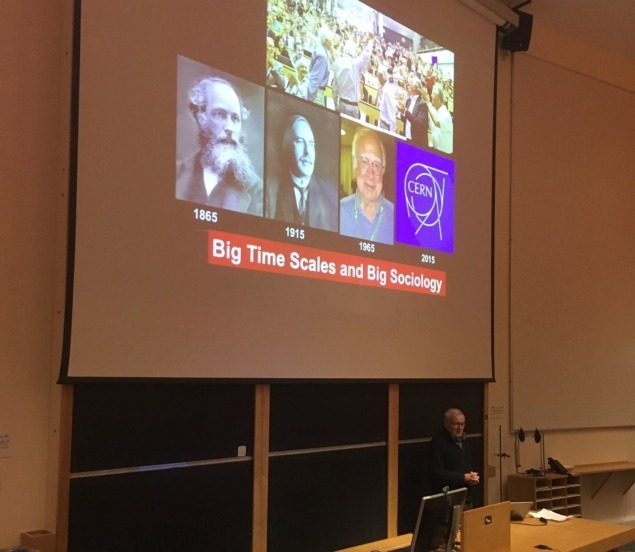
Big science doesn’t get much bigger that the ITER experimental fusion reactor, which is currently being built in Cadarache, France, and ITER director general Bernard Bigot was on hand to give a status update about how the facility is on track for first plasma in December 2025 (though actual deuterium-tritium plasma won’t be performed until 2035). Bigot noted that this year and the next will be critical for ITER as it begins assembling all the components that have been manufactured by its eight member states, all of which has to be carried out “to millimetre precision”.
In the afternoon session, Carole Jackson, director the Netherlands Institute for Radio Astronomy (ASTRON), discussed big projects in astronomy, particularly the Square Kilometer Array and the European LOFAR network.
I gave the final presentation of the day, in which I spoke about the coming decade of new facilities and the possible science that may result. I presented my “top 10 facilities to watch”, which were, in no particular order: the James Webb Space Telescope; ITER; The European Extremely Large Telescope; the European Spallation Source (ESS); the Extreme Light Infrastructure; Hyper Kamiokande; the Square Kilometre Array; the Long Baseline Neutrino Facility; the Electron-Ion Collider; and a future electron-positron collider.
I also offered a few predictions for the decade ahead (“brave”, one person said to me afterwards), including that the International Linear Collider will definitely get the go ahead, that CP violation in neutrinos will be measured at the Hyper-Kamiokande facility in Japan and at the Long Baseline Neutrino Facility in the US, and that astronauts will return to the Moon. I was the odd one out in being a journalist, not an active academic or researcher, but I hope that gave the audience a somewhat independent perspective.
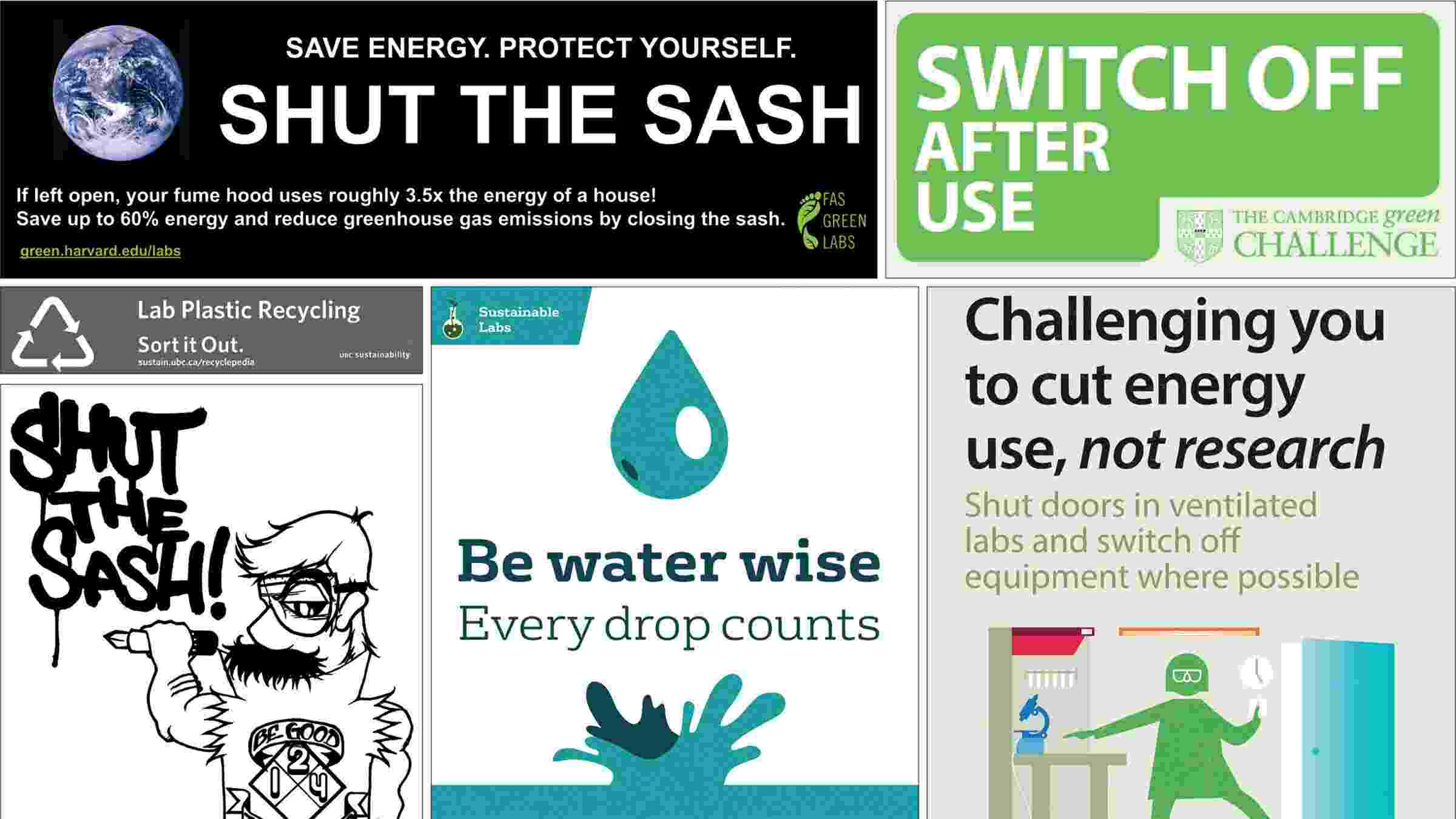
Leading by example: going green in the lab
One common theme in questions from the audience (of which there were many) was how big-science facilities could become, well, more green. There are some facilities that are working towards this, notably the SESAME synchrotron in Jordan and the ESS, both of which use or will use renewable energy to power the accelerator complex.
But given that big science is getting bigger and ever-more important, energy sustainability needs to become a much greater consideration for those planning, designing and building these future facilities.
